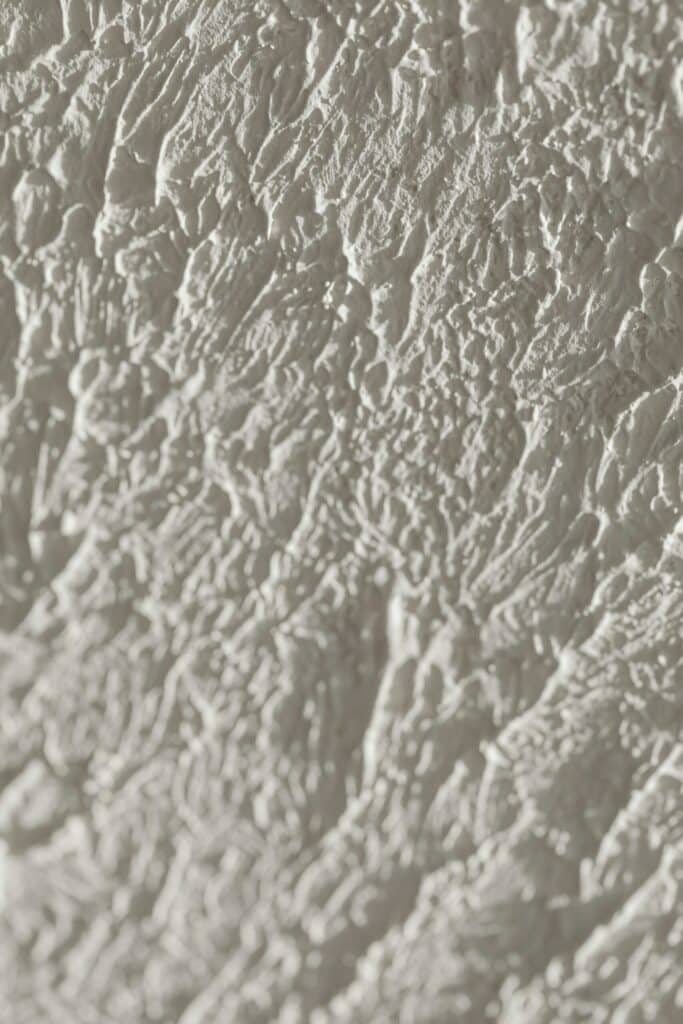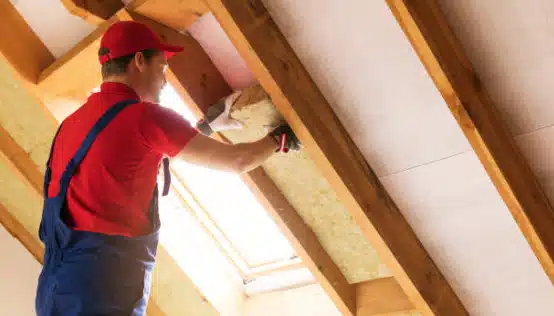
Attic Insulation Removal: Essential Steps for a Safe and Efficient Process
If your attic insulation is old or damaged, you might wonder if it’s time to
Consetetur lorem ipsum dolor sit amet, sadipscing elitr, sed diam nonumy eirmod tempor invidunt ut labore et dolore magna aliquyam erat, sed diam voluptua.

If your attic insulation is old or damaged, you might wonder if it’s time to

If your home feels drafty or your energy bills are higher than expected, it might

Proper insulation in your attic is crucial for maintaining energy efficiency in your home. For

When it comes to maintaining a comfortable home, professional insulation can significantly lower your energy

Using spray foam insulation in enclosed spaces without proper ventilation can lead to moisture buildup, compromising both comfort and safety.

The residential energy property credit is a federal tax credit that residents completing insulation work

You may be eligible for federal tax credits when you install spray foam insulation. The 30% tax credit can help offset your initial costs.

Investing in spray foam insulation can lead to energy cost reductions of up to 50% on your energy bills. Contact us 301-660-8579 % for expert advice.

Spray foam typically lasts between 20 to 30 years, depending on various factors such as the installation quality and environmental conditions.
Dolor sit amet, consetetur sadipscing elitr, sed diam nonumy eirmod tempor invidunt ut labore et dolore magna aliquyam erat, sed diam voluptua. At vero eos et accusam et justo duo dolores et